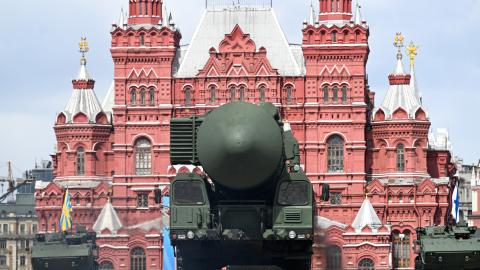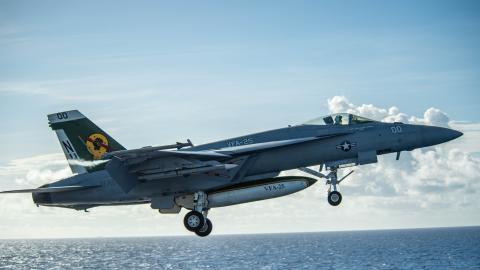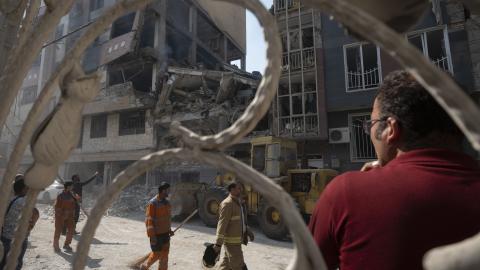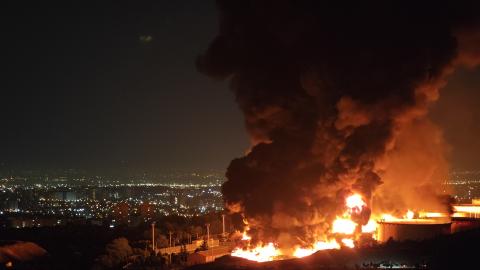As tensions increase between the United States and North Korea, U.S. missile defense is in the national spotlight. Colorado is home to the 100th Missile Defense Brigade, which is instrumental in providing protection of the American people from North Korean missiles.
North Korea recently has flight tested a ballistic missile with a range that can reach the United States homeland and conducted its sixth nuclear test. Pentagon intelligence analysts have concluded that North Korea likely could deliver a nuclear weapon on a missile.
President Donald Trump's administration is leading a high-pressure effort with multiple nations to squeeze the North Korean regime, using economic punishment and the threat of credible military force. This is the right course. But this must be a sustained effort and it might take some time for the regime to sufficiently feel the pain of sanctions.
This has left many wondering about the reliability of the component of the missile defense system that uniquely provides protection of Americans from long-range missiles.
The bottom line is this: Military commanders have confidence that the homeland missile defense system, officially named the Ground-based Midcourse Defense system, can defend all 50 American states from the current missile threats from North Korea.
But the system is not nearly as good as it could be and the nation should invest in GMD to increase its reliability and ensure that its technical capability outpaces the technical advancements of adversaries like North Korea.
The GMD system is comprised of large, solid-fueled, ground-based interceptors located at Fort Greely in Alaska and at Vandenburg Air Force Base in California. By the end of this fiscal year, there will be a total of 44 ground-based interceptors in the ground and ready to be fired at potential incoming missiles headed toward innocent Americans.
But there's more to the system than the interceptors. Personnel from the 49th Missile Defense Battalion at Fort Greely and the 100th Missile Defense Brigade at Colorado Springs operate the GMD fire control centers seven days a week, every single day of the year, constantly monitoring the globe for missile launches. These missile defenders receive data from sensors located in space and on the ground to communicate with the ground-based interceptors and the component of those interceptors that will detach and discern between the warheads, chaff and potentially decoys. This component is called the Exo-atmospheric Kill Vehicle. With the data provided by the personnel in Colorado and Alaska, the Exo-atmospheric Kill Vehicle will then collide with a warhead in space.
Congress has long fought over funding levels on missile defense in general and for GMD specifically. Sudden cuts and unpredictable funding levels are at least in part to blame for GMD's challenges. Despite the challenges, the Missile Defense Agency has successfully intercepted missiles in five of the last six GMD tests. This is a good record, but it can be better.
In total, there are 300 uniformed servicemen operating the GMD homeland missile defense system and therefore defending their 300-plus million fellow American citizens from North Korean missiles. They are doing their part with the system they have. But the Congress should work with the Trump administration to significantly increase the reliability of the ground-based interceptors by providing the resources to increase testing, improve the kill vehicles, the sensors and add to the number of interceptors -- both for deployment and for testing.
The North Korean regime's rapid missile testing, even with the failed tests, demonstrates its resolve to get its offensive nuclear program right and to credibly threaten Americans. Washington must demonstrate equal resolve to eliminate that threat and provide a serious and robust defense of the American people.
















